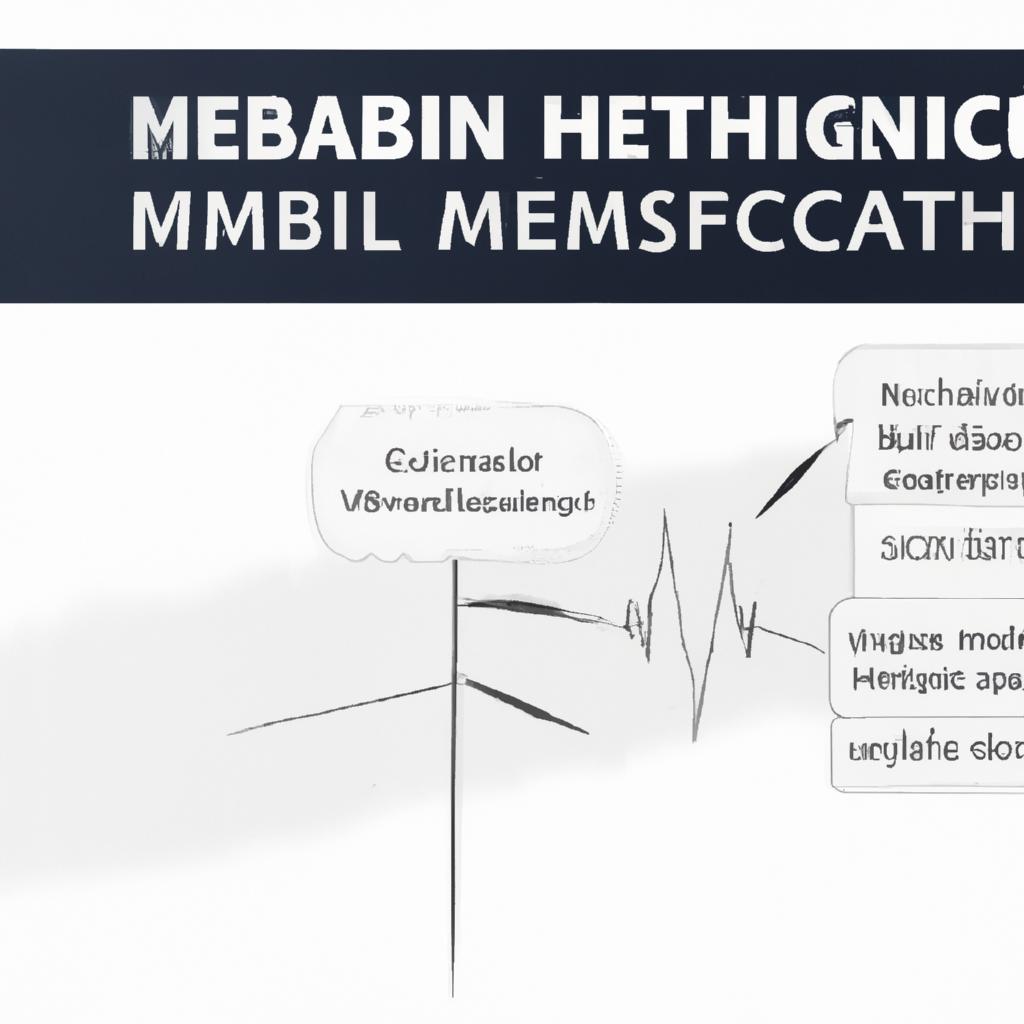Utilizing EMG Feedback for Tailored Rehabilitation: How Biomechanical Insights Enhance Recovery Protocols for Injury Prevention
Utilizing EMG Feedback for Tailored Rehabilitation: How Biomechanical Insights Enhance Recovery Protocols for Injury Prevention
Rehabilitation plays a crucial role in recovering from injuries. Traditional methods often lack personalized approaches. Integrating Electromyography (EMG) feedback can revolutionize rehabilitation. EMG technology measures muscle activity and provides valuable insights into biomechanics. This post explores how EMG feedback enhances recovery protocols and prevents future injuries.
Understanding EMG Feedback
Electromyography (EMG) feedback captures electrical signals generated by muscles during contraction. This technology allows therapists to monitor muscle activation during exercises. Analyzing these signals helps therapists identify muscle imbalances, weaknesses, and dysfunctions. EMG feedback also offers real-time data, enabling practitioners to adjust rehab protocols immediately.
The data collected through EMG highlights which muscles activate during specific movements. This information allows therapists to tailor exercises to address specific issues. Such a focused approach improves rehabilitation outcomes compared to a one-size-fits-all solution.
The Role of EMG in Rehabilitation
Therapists use EMG data to create tailored rehabilitation programs for individual patients. For example, EMG feedback can identify weak muscles around a knee joint. This information leads to a targeted approach that strengthens specific muscles, promoting effective recovery.
Moreover, EMG feedback helps identify overactive and underactive muscle groups. For instance, some patients may over-rely on certain muscles due to weaknesses in others. Understanding these patterns allows therapists to adjust rehabilitation protocols, ensuring balanced muscle function during recovery.
Applications of EMG Feedback
Clinicians apply EMG feedback in various rehabilitation scenarios. Sports injuries, post-surgical recovery, and chronic pain management benefit from EMG insights. Athletes recovering from injuries can optimize training with precise biomechanical data. Understanding muscle firing during activities like running or jumping greatly impacts rehabilitation outcomes.
Additionally, EMG proves beneficial in post-surgical rehabilitation. After knee surgery, monitoring muscle activation patterns helps determine when patients can advance to demanding physical activities. This monitoring speeds recovery and minimizes risks of complications or re-injury.
Nutrition Tips for Optimal Recovery
Proper nutrition plays a vital role in recovery and complements EMG-guided rehabilitation. Athletes and patients should focus on a balanced diet that supports muscle healing. Incorporating proteins, healthy fats, and carbohydrates fuels the body for optimal recovery. Lean meats, fish, nuts, seeds, and whole grains provide necessary nutrients to repair muscle tissue and reduce inflammation.
Hydration Matters
In addition to nutrition, hydration plays an essential role in recovery.
Conclusion
This post summarized how EMG feedback enhances rehabilitation protocols and promotes injury prevention.
Below are related products to the topic if you’re interested:
FAQ
What is EMG feedback and how does it enhance rehabilitation?
Electromyography (EMG) feedback captures electrical signals generated by muscles during contraction. This technology allows therapists to monitor muscle activation during exercises, helping them identify muscle imbalances, weaknesses, and dysfunctions. By providing real-time data, EMG feedback enables practitioners to adjust rehabilitation protocols immediately, leading to more personalized and effective recovery plans.
How can EMG feedback help in preventing future injuries?
EMG feedback helps identify overactive and underactive muscle groups, allowing therapists to address specific muscle weaknesses and imbalances. By tailoring rehabilitation programs to strengthen these areas, patients can achieve balanced muscle function, reducing the likelihood of further injuries. This targeted approach ensures that rehabilitation is not just about recovery, but also about preventing future complications.
What role does nutrition play in conjunction with EMG-guided rehabilitation?
Proper nutrition is crucial for optimal recovery and complements EMG-guided rehabilitation. A balanced diet, rich in proteins, healthy fats, and carbohydrates, supports muscle healing and provides the necessary nutrients to repair tissue and reduce inflammation. Hydration is also essential, as it aids overall recovery processes, making it an important aspect of rehabilitation alongside EMG feedback.















Post Comment